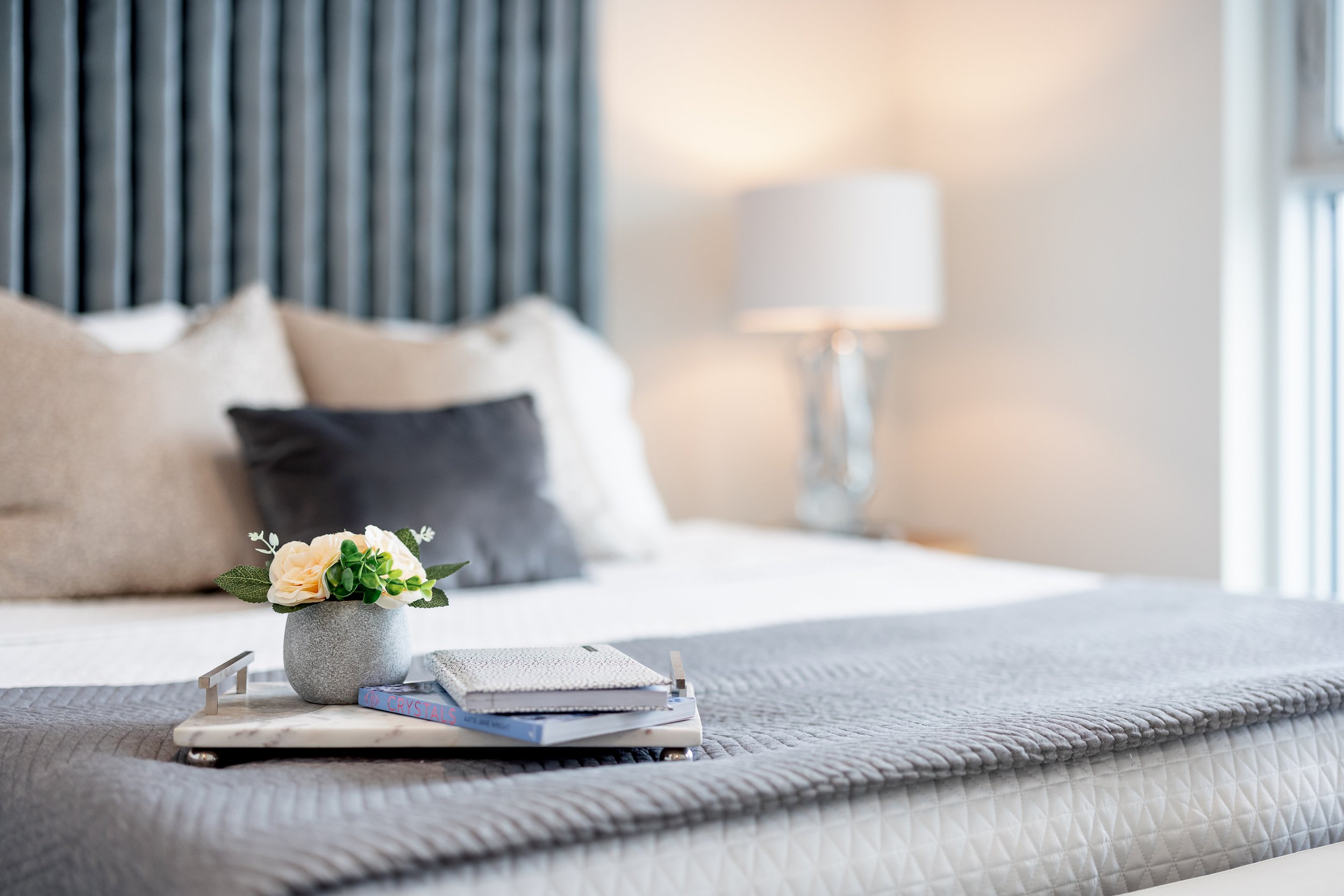Photography plays a crucial role in real estate marketing. It is often the first impression that potential buyers or renters have of a property, and therefore it is essential to have high-quality, visually appealing images that showcase the property in the best possible way. Here are some tips for photography for real estate marketing:
Use a Wide-Angle Lens: A wide-angle lens can help capture more of the room, making it look more spacious and inviting. It can also help show the layout and flow of the space. However, be careful not to overdo it, as too wide of an angle can make the room look distorted.
Choose the Right Time of Day: The right lighting can make all the difference in real estate photography. Ideally, you want to shoot during the golden hour, which is the hour after sunrise or the hour before sunset when the light is soft and warm. If that is not possible, try to shoot on a bright, sunny day to make the most of natural light.
Stage the Property: Before taking any photos, make sure the property is clean and decluttered. Remove any personal items and excess furniture to make the space look as spacious as possible. Consider adding some decorative items such as fresh flowers or a bowl of fruit to add some color and life to the space.
Show Multiple Angles: To give potential buyers a better idea of the property, be sure to take photos from multiple angles. This can include shots of each room from different corners, as well as exterior shots from different sides of the building.
Edit the Photos: Once you have taken the photos, be sure to edit them to make them look their best. This can include adjusting the exposure, color balance, and contrast to make the photos look as bright and inviting as possible.
In conclusion, high-quality photography is essential for real estate marketing. By following these tips, you can ensure that your photos showcase the property in the best possible way and help attract potential buyers or renters.











